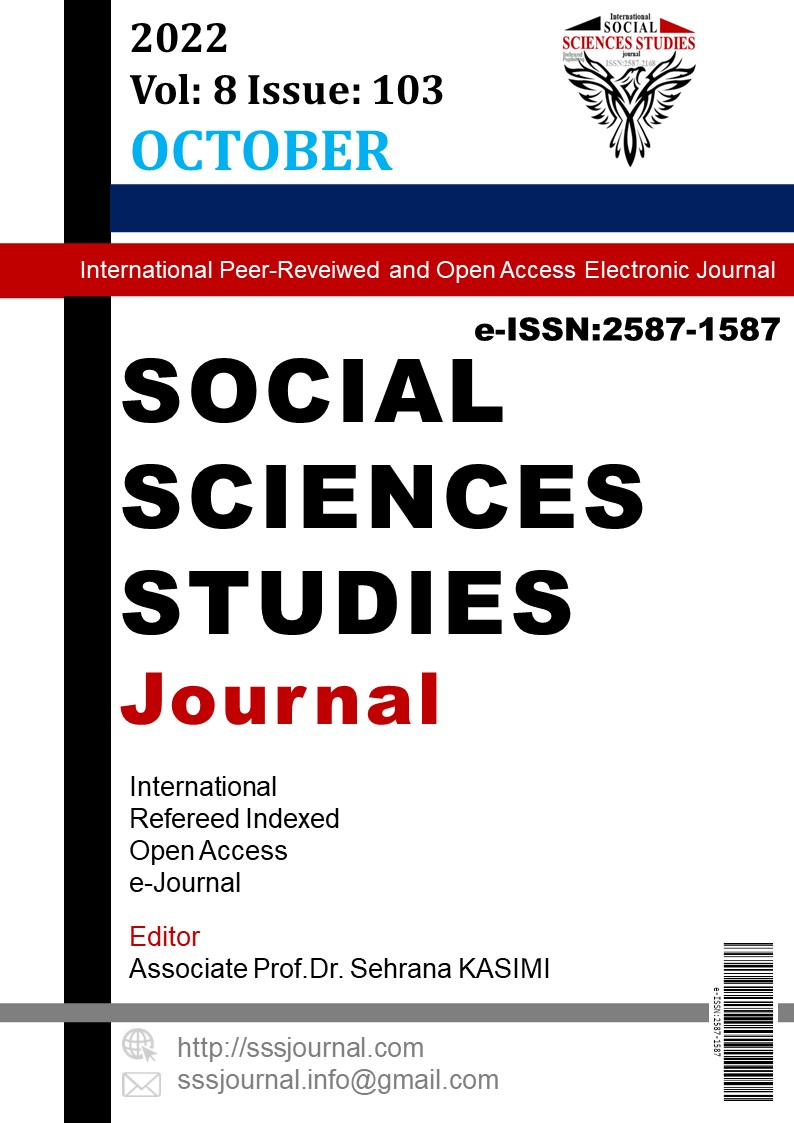17. ve 19. Yüzyıllarda Osmanlı'nın Balkan Vilayetlerinde Yerel Para Basma Faaliyetleri Bulgaristan Örneği
Author :
Abstract
Her ne kadar Osmanlı ve Türk-İslam algısında para basmak egemenlik algısı oluştursa da Balkan Bölgesi’nde pek çok grup ve otoritenin kendisine ait para bastığı görülmüştür. Bu makale, Osmanlı İmparatorluğu'nun Balkan Eyaletlerinde, merkezi güç tarafından kontrol edilmeyen (madeni para ve kağıt para) yerel para birimi meselesinin tarihsel ve teorik bir analizini sunmaktadır. Makalenin iki ana amacı vardır. Birincisi, Osmanlı İmparatorluğu deneyimini dahil ederek, parasal uygulamaların çeşitliliği ve karmaşıklığı üzerine tartışmayı tarihsel perspektifte zenginleştirmektir. İkincisi, Osmanlı İmparatorluğu'nun yüzyıllardır süren dayanıklılığına ve canlılığına yardımcı olan ekonomik ve sosyal süreçlerin daha iyi anlaşılmasına ve yeniden düşünülmesine katkıda bulunmaktır.
Aslında, Osmanlı İmparatorluğu'nun parasal yapısı kısmen karmaşık olmasına ve farklı parasal alanları ve katmanları arasındaki gerginliğe rağmen, genel olarak uzun vadede esneklik, sürdürülebilirlik ve verimlilik sağlamayı başarmıştır. Balkan bölgesindeki para birimleri kesinlikle Osmanlı para sisteminin, mikro düzeyde, belirli küçük toplulukların sosyal ve ekonomik yaşamı için önemliydiler.
Keywords
Abstract
Although printing money creates a perception of sovereignty in the Ottoman and Turkish-Islamic perceptions, it has been seen that many groups and authorities in the Balkan Region print their own money. This article presents a historical and theoretical analysis of the issue of local currency not controlled by the central power (coins and paper money) in the Balkan Provinces of the Ottoman Empire. The article has two main purposes. The first is to enrich the discussion on the diversity and complexity of monetary practices in historical perspective by incorporating the experience of the Ottoman Empire. Second, it contributes to a better understanding and rethinking of the economic and social processes that helped the Ottoman Empire's resilience and vitality for centuries.
In fact, although the monetary structure of the Ottoman Empire was partly complex and the tension between its different monetary spheres and strata, overall it succeeded in providing flexibility, sustainability and efficiency in the long run. Currencies in the Balkan region were certainly important to the social and economic life of the Ottoman monetary system, at the micro level, of certain small communities.
Money, Seigniorage, Ottoman State, Money Foundations.
Keywords
- 1. Atanassov, H. (2008). Osmanlı Çeperinde: V. Vidin ve Ekonomi. Sineva Yayınevi, Sofya.
- 2. Castellan, G. (1999). Balkanlar Tarihi, Fayard Yayınevi, Paris.
- 3. Nenovsky, N.& Penchev, P. (2014). Devletsiz Para: Balkanlardaki Ortodoks Hıristiyanların Para Birimleri Osmanlı İmparatorluğu'nun Eyaletleri (17. – 19. Yüzyıllar), Springer Yayınları 27/2, Viyana.
- 4. Pamuk, S. (2000). Osmanlı İmparatorluğu'nun Parasal Tarihi, Cambridge University Press.
- 5. Tsonchev, P. (1996). Gabrovo'nun Sosyal ve Kültürel Geçmişinin Ana Hatları Tarihsel Katkılar.
- 6. Özcan, R. (2014). Osmanlı Devleti’nde XVII. Yüzyılda Yapılan Sikke Tashihleri, Türkiyat Araştırmaları Dergisi, Konya.
- 7. Tunçer, A. (2013). The Black Swan of the Golden Periphery: The Ottoman Empire during the Classical Gold Standard Era, Londra.
